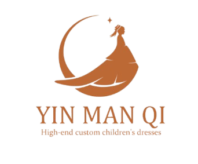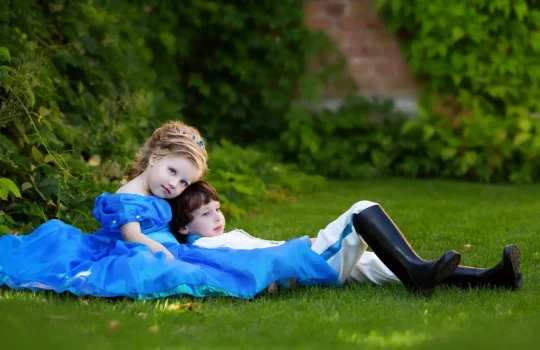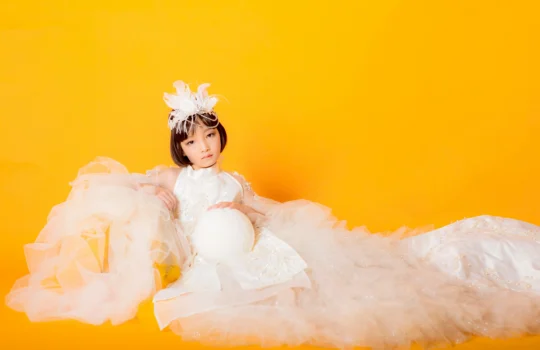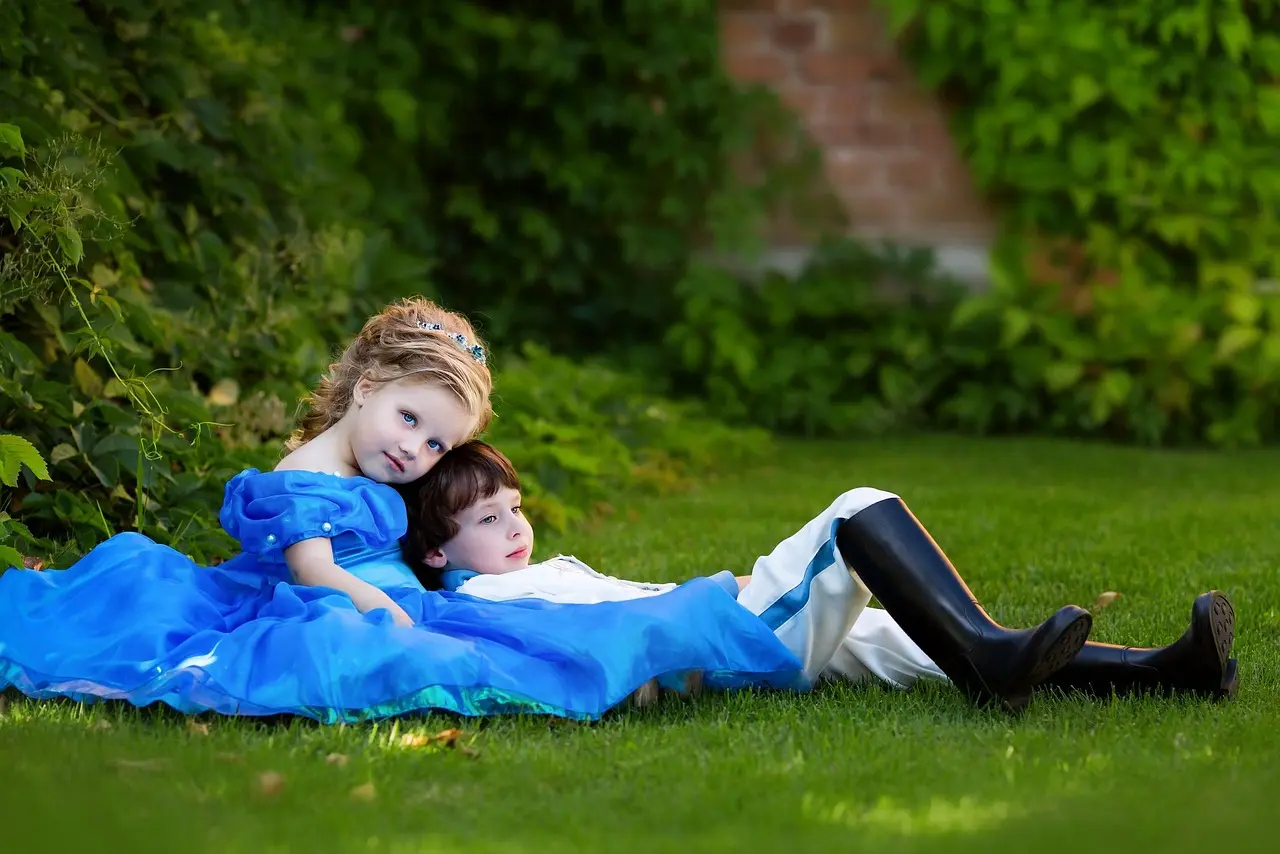Children’s suits seek a balance between functionality and fashion. Choosing the right material is crucial for comfort, wear resistance and aesthetics. With the continuous evolution of design concepts, a variety of materials suitable for children’s suits have appeared on the market. Below we will introduce several common children’s suit materials and their characteristics in detail.
- Cotton
Cotton is one of the most commonly used materials in children’s suits. Its advantages include:
Comfort: Cotton is soft, skin-friendly, and suitable for children’s daily wear.
Breathability: Cotton fibers have good breathability, which can keep dry and avoid discomfort caused by sweating.
Easy to wash: Cotton clothing is washable and wear-resistant, suitable for children’s active lifestyle.
However, 100% cotton suits may not be crisp enough, so they are sometimes blended with other materials to achieve a better appearance.
- Polyester fiber (polyester)
Polyester fiber is a common synthetic fiber. It is increasingly used in children’s suits. Its main features are:
Strong wear resistance: Polyester fiber has good wear resistance and wrinkle resistance, which is more suitable for active children.
High color fastness: This material can keep the color for a long time and is not easy to fade, suitable for designs of various colors and patterns.
Easy to care: Polyester fiber clothing is easy to wash and dries quickly, especially suitable for parents’ busy pace of life.
However, polyester fiber has relatively poor breathability, so it is usually combined with cotton or other breathable materials in the design to improve comfort.
- Wool
Wool is often used to make more formal children’s suits, especially in cold seasons. Its advantages are:
Warmth: Wool has excellent warmth retention properties and is very suitable for autumn and winter.
High-end feeling: Wool has a smooth appearance and superior texture, which can enhance the overall grade of clothing.
Moisture absorption and breathability: High-quality wool has good moisture absorption and breathability, which can effectively regulate children’s body temperature.
Although wool suits are more fashionable and warm, they require more care and dry cleaning. Parents should consider the convenience of cleaning and maintenance when choosing.
- Linen
Linen is a natural fiber that is suitable for hot summers. Its main features include:
Excellent breathability: Linen has excellent breathability and moisture absorption, making it suitable for sweaty weather.
Natural antibacterial: Linen fiber has certain antibacterial properties and is more friendly to children’s skin.
Cool feeling: Linen suits can quickly take away body heat during wearing, giving children a cool experience.
However, linen is prone to wrinkling, which needs to be considered when designing, so it is usually used in casual-style children’s suits.
- Elastic fibers (such as Lycra)
In order to improve the comfort and freedom of movement of children’s suits, many suit fabrics will add a small amount of elastic fibers, such as Lycra. Its characteristics include:
Elasticity: Increases the elasticity of the garment and provides more room for movement, especially for children with large movements.
Fit: It can better fit the child’s body shape and enhance the comfort of wearing.
Often, elastic fibers are combined with other fabrics to play their advantages.
Conclusion
Children’s suits are made of a variety of materials, including cotton, polyester, wool, linen and elastic fibers, each with its own characteristics, suitable for different occasions and seasons. When choosing a suit for a child, parents should not only consider the fashion of the appearance, but also pay attention to the comfort, wear resistance and easy care of the material to ensure the comfort and freedom of the child when wearing it. Through the reasonable combination of materials, children’s suits can not only reflect the liveliness and cuteness of children, but also allow them to maintain their outstanding temperament and style as they grow up.






